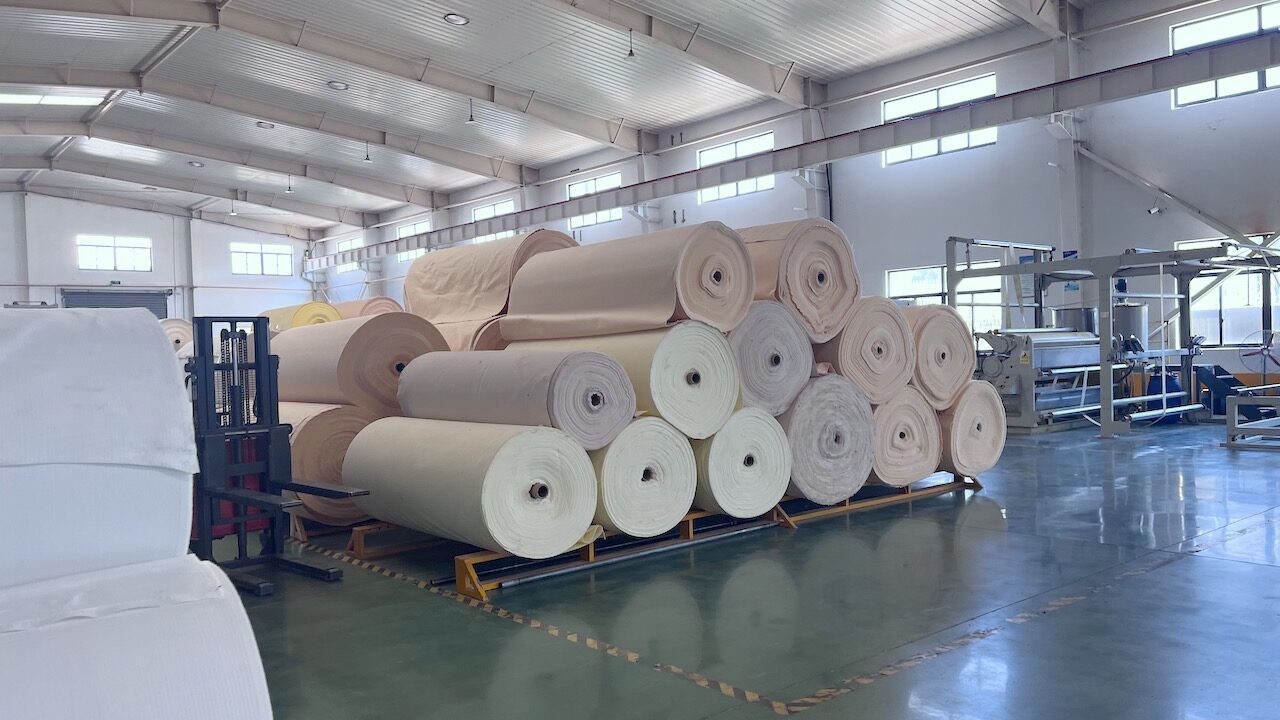Choose the Right Media for Your Application and Save Thousands!
Selecting the right filter bag material is like choosing the right armor for battle—it determines how well your dust collector performs under heat, corrosion, and abrasive conditions. As a seasoned manufacturer of filter bags and cages (DIAM FILTER), I’ve seen clients lose thousands due to material mismatches. Let’s break down the most popular filter media used in industrial dust collection, their pros and cons, and how to pick the best one for your needs.

Selecting the right filter bag material is like choosing the right armor for battle—it determines how well your dust collector performs under heat, corrosion, and abrasive conditions. As a seasoned manufacturer of filter bags and cages (DIAM FILTER), I’ve seen clients lose thousands due to material mismatches. Let’s break down the most popular filter media used in industrial dust collection, their pros and cons, and how to pick the best one for your needs.
1. Fiberglass Needle Felt: The High-Temperature Champion
Fiberglass needle felt is a go-to for extreme heat. Made from 100% glass fibers needled into a dense, three-dimensional structure, it’s ideal for:
- Cement kilns (up to 260°C/500°F)
- Steel mill furnaces
- Waste incineration plants
Why it works:
- Heat resistance: Handles sustained temperatures up to 260°C, with short-term peaks reaching 287°C.
- Low shrinkage: Unlike synthetic fibers, fiberglass retains its shape under heat, preventing bag sagging.
- High dust release: Its porous structure reduces pressure drops, saving energy.
Pro Tip: Pair it with a PTFE coating for added resistance to acidic gases (common in coal-fired plants).
2. PTFE Membrane-Laminated Felt: The Chemical Warrior
PTFE (polytetrafluoroethylene) membrane-laminated felts are the gold standard for harsh chemical environments. Popularized by German manufacturers like GKD, they excel in:
- Chemical processing plants
- Pharmaceutical production
- Wastewater treatment
Key benefits:
- Non-stick surface: Repels sticky dust (e.g., tar, resin) and resists moisture buildup.
- Acid/alkali resistance: Withstands pH levels from 1 to 14, outperforming polyester or polypropylene.
- Longevity: Lasts 2–3x longer than standard felts in corrosive settings.
Case Study: A U.S. chemical plant reduced filter replacements by 40% after switching to PTFE-laminated bags.
3. PPS (Polyphenylene Sulfide) Needle Felt: The Low-Sulfur Specialist
PPS is the top choice for coal-fired power plants and industries dealing with low-sulfur flue gas. It’s widely used by brands like Donaldson Torit for its:
- Oxidation resistance: Withstands oxygen-rich environments up to 190°C.
- Hydrolysis stability: Performs well in humid conditions without degrading.
- Cost-effectiveness: More affordable than PTFE but still durable in moderate chemical exposure.
Watch out: Avoid using PPS in high-sulfur or nitric acid environments—it degrades rapidly.
4. Woven Fiberglass Fabric: The Heavy-Duty Workhorse
Woven fiberglass fabrics are tightly interlaced grids ideal for pulse-jet systems handling coarse, abrasive dust (e.g., metal grinding, sandblasting). Unlike needle felts, they:
- Resist abrasion: The tight weave prevents sharp particles from penetrating.
- Offer dimensional stability: Less prone to stretching under high airflow.
- Support high air-to-cloth ratios: Reduce the number of bags needed, saving space.
Drawback: Lower filtration efficiency for sub-micron particles compared to felts.
5. Polyester Felt: The Budget-Friendly All-Rounder
Polyester (PET) felt is the most cost-effective option for general industrial use (woodworking, food processing, plastics). Benefits include:
- Moisture resistance: Handles humid environments without rotting.
- Easy maintenance: Washes clean with water or mild detergents.
- Flexibility: Available in anti-static or flame-retardant variants.
Limit: Max temperature is 150°C—avoid high-heat applications.
Bonus: Nomex Felt for Combustible Dust
Though less common, Nomex (meta-aramid) is critical for explosive dust (e.g., aluminum, coal). It’s heat-resistant (up to 204°C) and self-extinguishing, meeting ATEX standards.
How to Choose the Right Material
Ask these questions:
- Temperature: Is your process above 150°C? Fiberglass or PTFE are safer.
- Dust type: Sticky or abrasive? PTFE membranes or woven fabrics work best.
- Chemical exposure: Check pH levels—PTFE handles extremes.
- Budget: Polyester suits low-intensity applications; invest in PPS or PTFE for harsh conditions.
Why Trust DIAM FILTER?
While European brands like BWF Group set benchmarks, DIAM FILTER delivers quality at competitive prices:
✅ ISO 9001-Certified: Rigorous testing ensures material consistency.
✅ Custom Solutions: Tailored bags for unique temperatures, dust types, or baghouse designs.
✅ Global Support: We have experience in global market, we have technician team supports to all over the world.
Need Help Selecting Filter Media?
Explore our range or request a free sample kit—test the right material in your system risk-free!
Still unsure? Share your operating conditions, and our engineers will recommend the ideal media.
